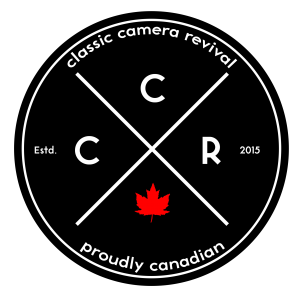While we might be heading into the last days of Summer, that doesn’t mean we can’t look back and look forward to next year with the team’s favourite choices for film stocks during the hot and humid days of Canadian Summer. So join Alex, James, Jess, Bill and John and beat the heat with a cold beer.
Film Mentioned on Today’s Show
Lomography Purple
Jess adores Purple in the summer. It has a way of turning the ordinary into the otherworldly. Although you want to shoot this in bright light with lots of contrast. When shooting under a canopy, the greens can get boring, and sometimes it gets too purple. But you want a good blue sky and some green. It dislikes anything in white, so certainly not one for the winter. Jess prefers to shoot it in 120 and at ASA-400, and that grain is reduced in the bigger negative; it is graining in 35mm. Jess hopes to get out and try Purple at ASA-200, the sweet spot.
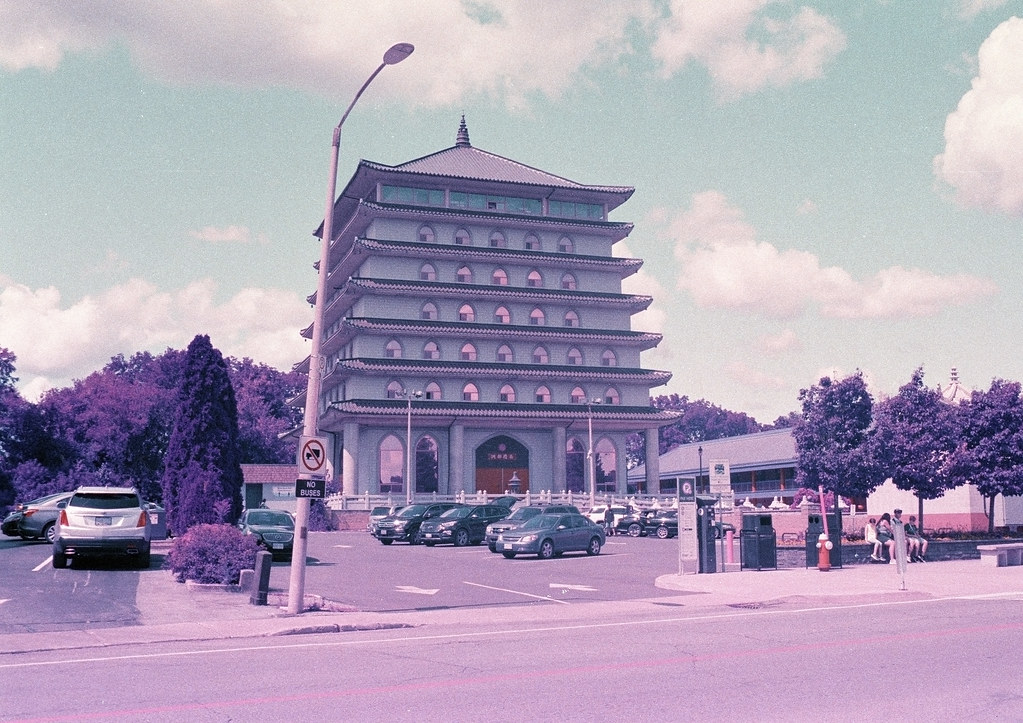
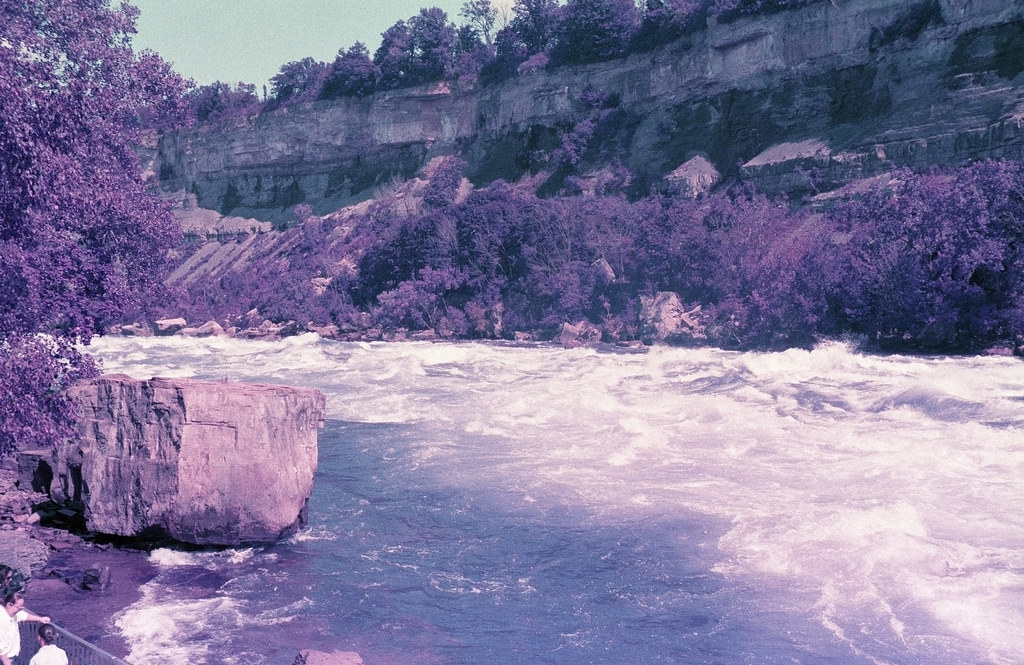

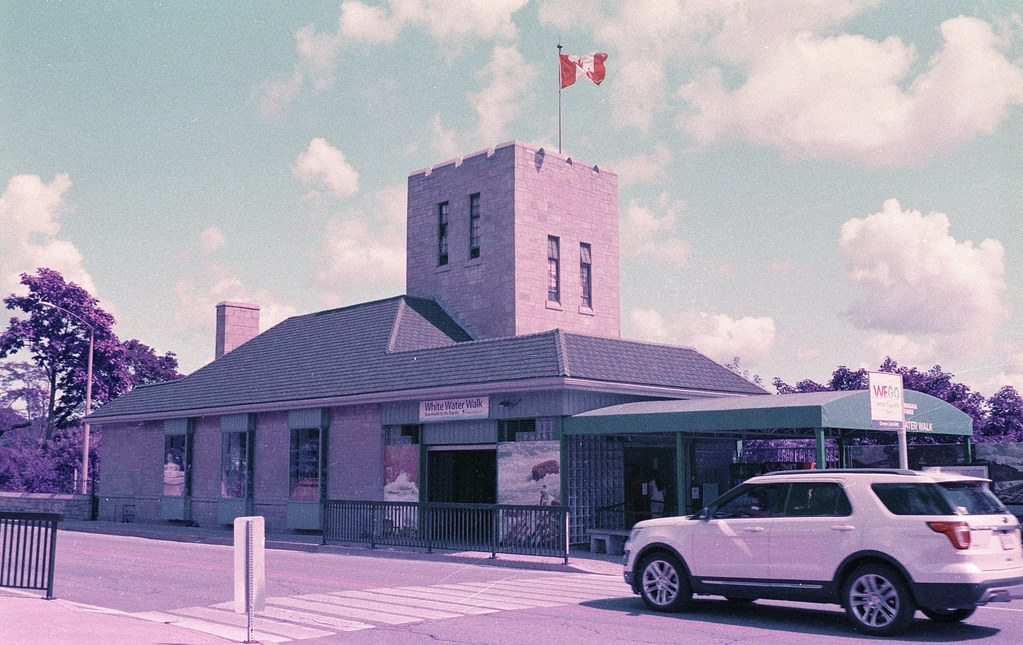
Kodak Gold 200
For Jess, Gold 200 is a bit of nostalgia, being the film she shot as a kid. She can still smell those warm summer nights when she sees the images. Perfect for golden hour, it’s warm floofy and romantic. She is also trying some experiments with pushing and pulling. One of the best parts about Gold 200 is how natural it renders colour, providing excellent sharpness while maintaining fine grain. And sure, it can be hard to get these days; it’s always worth getting. Plus, it’s once again available in medium format!
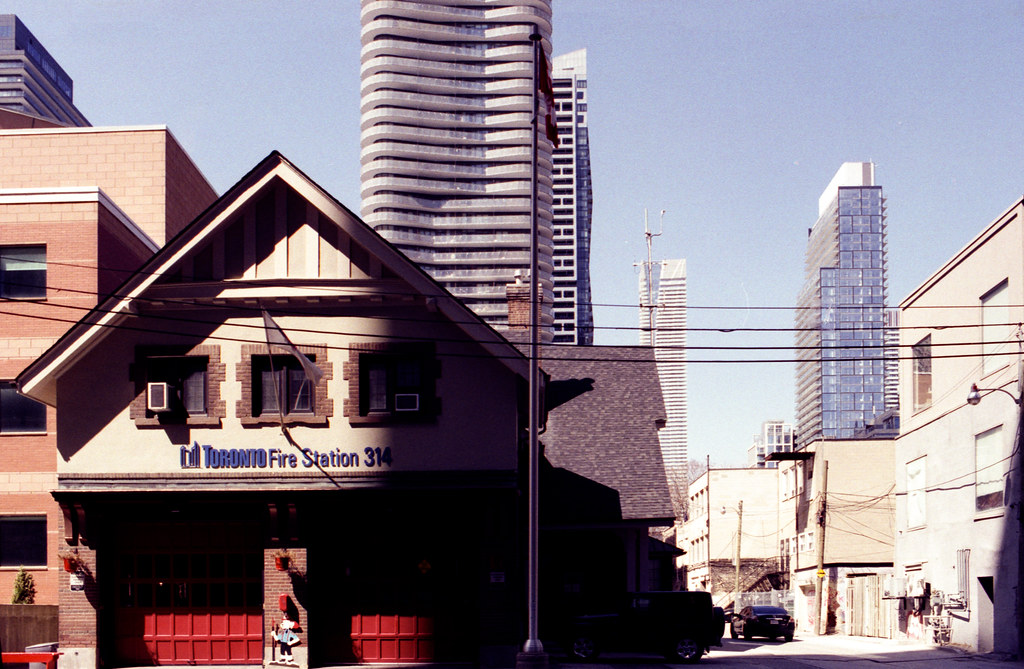
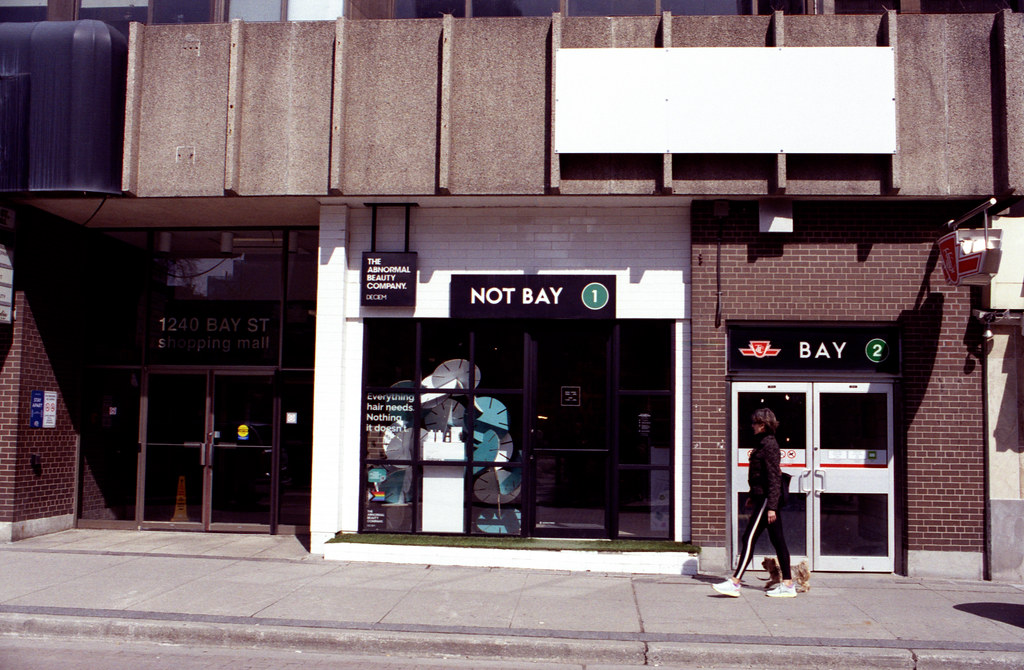


Rollei RPX 25
This film checks all the right boxes for a summer film, provided that you have a bright and sunny summer. RPX 25 presents a beautiful contrasty, super sharp, and fine-grain. Introduced by MACRO Direct, the film is produced for the company marketed under the Rollei name. This rebranded film has been modified from its original film stock (most likely an Agfa films stock). It’s a redheaded stepchild of the RPX line, but it isn’t that ugly. RPX 25 is one of the lowest speed regular films that are panchromatic, but it has a lovely extended red sensitivity. The slow speed makes the film great for use in pinhole cameras or those who love to shoot wide-open to get that lovely out-of-focus rendering of some of your lenses. And it also works wonderfully as a reversal film and works great with the Adox Scala Developer.

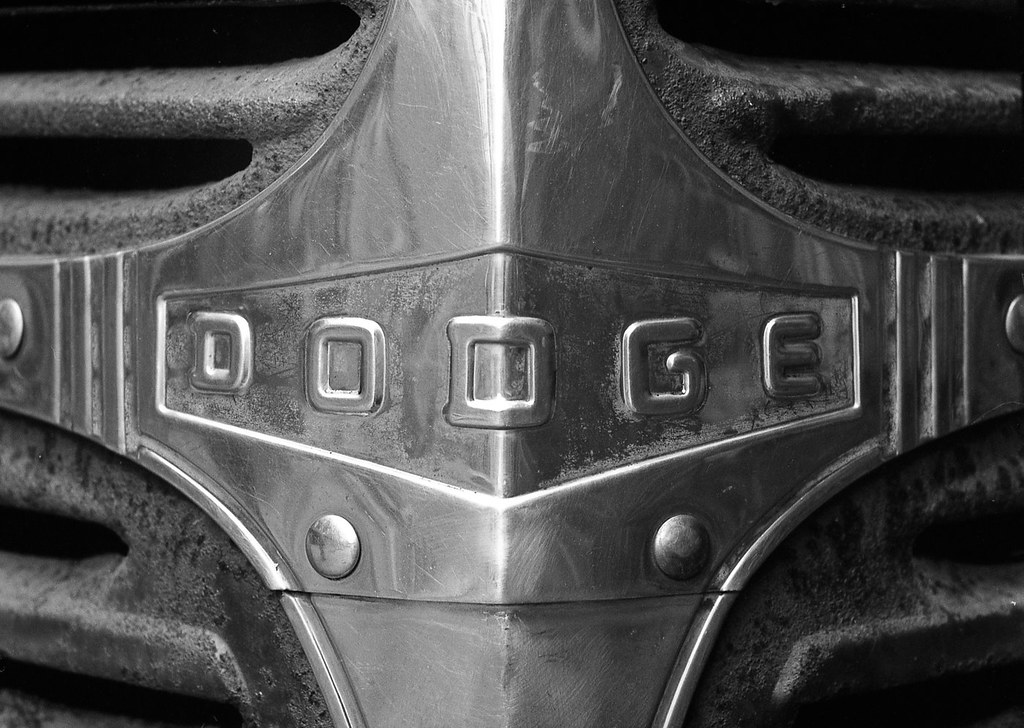


CineStill 400D
While this may have been an ASA-100 at least until CineStill introduced 400D. This is a film that isn’t a Portra 400 replacement but rather an alternative. And while CineStill is most known for its rebranded and remjet removed cine films, 400D is a new animal altogether. 400D has an amazing latitude where you can over and under expose and only have to push or pull once you get beyond a two-stop over/under. You get a lovely halation in the bright sun, which might not be for everyone, and you can always dial in back. Bill prefers to shoot it as ASA-250 to pull out good shadow detail. Currently, they have it in 35mm and 120, with 4×5 coming soon and maybe 220.


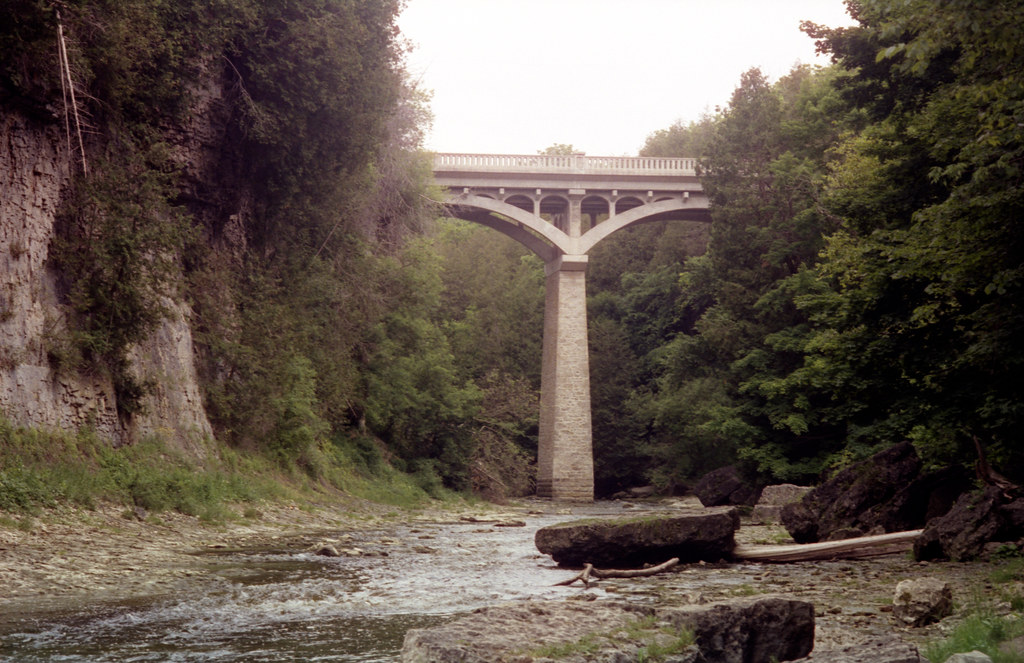

Kodak TMax 100 (But Different)
The bright sunny days of summer often are high-contrast when it comes to black & white film, and given that Tmax 100 already is fairly contrasty, can that be tamed and at the same time give off that lovely grey tonal range of Panatomic-X? Alex loves to over-expose and pull his Tmax 100 to give a look that comes fairly close to the classic Panatomic-X. In addition to that heck of an over-exposure, he also pulls it in development using by 10% (one-stop) then an additional 5% (half-stop-ish) and trusts int the latitude of 100TMX.
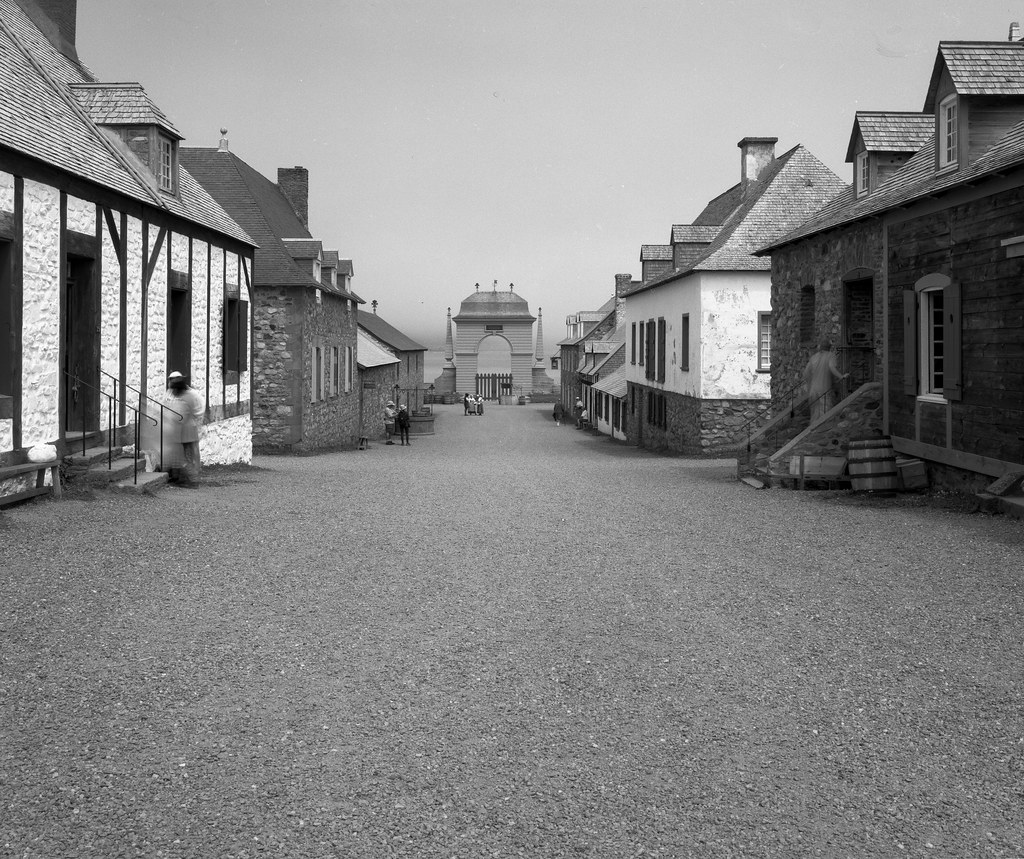



Rollei Retro 80s (As Infrared)
John loves to work outside the visual spectrum, and while Retro 80s is not a true IR film (although Rollei IR400 is awesome), it does have the sensitivity to take you most of the way there, and the results certainly speak for themselves when you put the film behind an IR72 filter. If you haven’t used an R72 filter before, these are nearly opaque, making it impossible to see through if you’re working with an SLR. But these are great using a rangefinder or TLR (with a cheap adapter)! Now you also have to adjust your exposure and shoot under high-noon harsh overhead light is perfect for shooting with an IR filter. Now you also have to shoot the film (normally an ASA-80) at ASA-2, so you might need to pack an external meter. Don’t be afraid to bracket the film; go +2 and -1 for best results. Now you will develop normally, so over-expose the film but don’t pull in development.



Want a subscription to SilverGrain Classics and are a fan of Classic Camera Revival? Visit their shop online and buy a magazine or a subscription? Looking for a good spot to get your gear and material fix check out Burlington Camera (Burlington, ON), Downtown Camera (Toronto, ON), Film Plus (Toronto, ON), Belle Arte Camera (Hamilton, ON), Pond’s FotoSource (Guleph, ON), Foto Art Camera (Owen Sound, ON). In Quebec, Photo Service (Montreal, QC) and Studio Argentique (Montreal, QC), Out West there’s Kerrisdale Cameras (BC), The Camera Store (Calgary, AB) and Beau Photo Supply (Vancouver, BC). Additionally you can order online at Argentix (Quebec), buyfilm.ca (Ontario), the Film Photography Project or Freestyle Photographic. Looking for development options, check out these labs that have our support, Boréalis Photo Lab, Old School Photo Lab, The Darkroom, and Film Rescue International.
Also you can connect with us through email: classiccamerarevivial[at]gmail[dot]com or by Facebook, we’re at Classic Camera Revival, Twitter @ccamerarevival, and Instagram (@classiccamerarevival)!
